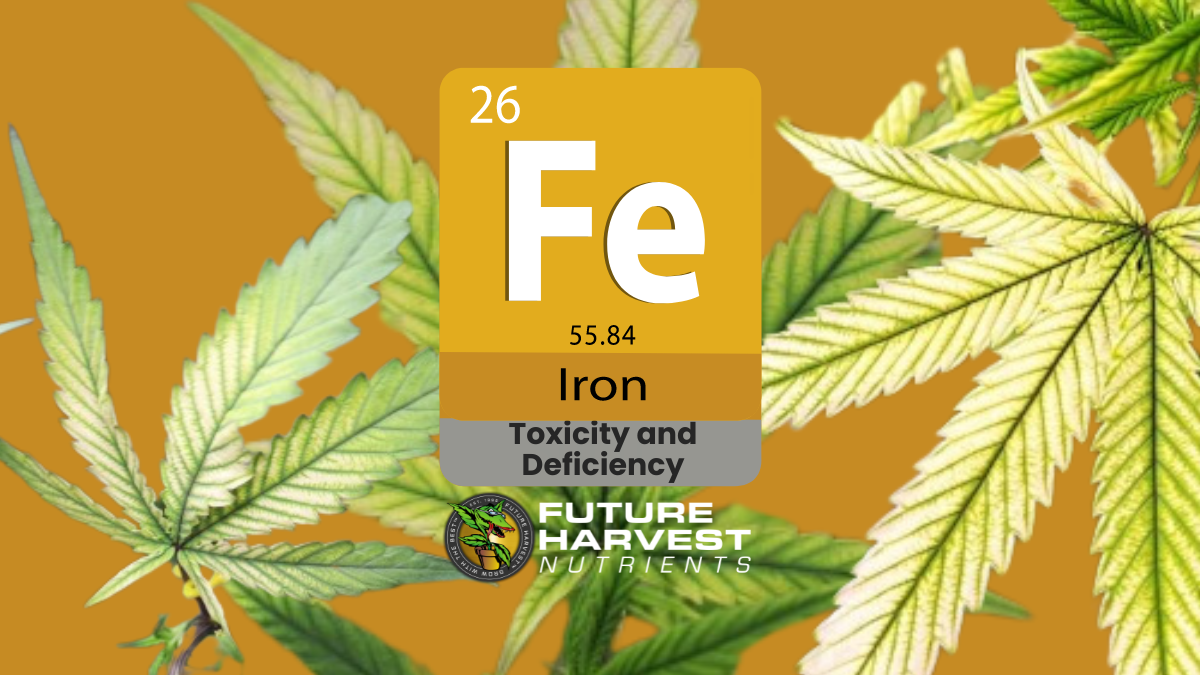Feed Schedules - Strengths and Weaknesses

The Importance of Detailed Feed Schedules in Nutrient Companies
Any nutrient company worth their salt (no pun intended) are going to provide their end users with a detailed feed schedule. This is usually a bit different than the directions which are provided on the bottle as these will show a more simplified application. The application rates on a feed schedule are more complex and shows all of the products in the line used in conjunction with one another. This is not to say that the bottle directions are wrong, only that if results are to be maximized the product should be used as part of the larger feeding schedule.
The Science Behind Feeding Schedules
A feeding schedule is the culmination of years of growing experience and formulation technology at your fingertips, and while a lot of work has gone into it there are limitations.
Balancing Nutritional Profiles for Optimal Growth
- With each component in a product line having different nutritional profiles, a proper feeding schedule will adjust the ratios of the various nutrients so that the plant will get the correct nutrition at the right times during its life cycle. For example nitrogen levels increase over the vegetative cycle and then drop off once flowering begins. From there phosphorus levels rise for the remainder of the life cycle.
 Water Quality and Its Impact on Feeding Schedules
Water Quality and Its Impact on Feeding Schedules
- Feeding schedules are based on optimal water sources. Since there are usually some minerals dissolved in water this should be taken into account and the schedule adjusted accordingly. For example a moderate level of calcium (around 20-40 mg/l) could result in less Cal Mag product such as Calnesium or Organical Magic being required. A Hard Water Micro formulation should be considered if the amount of calcium is excessive. For more information on water quality check out the previous blog post Effects of Water Quality in Hydroponics
Genetics: The Unpredictable Factor in Feeding Schedules
- Genetics are a huge unknown factor when it comes to publishing a feeding schedule. Some strains are sensitive to salinity and so can be inhibited by too much fertilizer, while others can tolerate high levels and will grow faster when more nutrients are available. Since this is beyond the scope of the manufacturer it is recommended that the grower experiment to optimize the schedule to the strain. Leaf curl is a sign that levels are too high while a fast drop in levels on a nutrient meter will indicate feeding levels could be increased.

Understanding Target Nutrient Levels
- The chart will usually show target nutrient levels. In the case of the one published by Future Harvest Nutrients we use the 0.5 scale. As I have previously mentioned it the blog post The Confusing World of Nutrient Solution Measurements there are a lot of limitations to nutrient meters but unfortunately it is the only measuring system available at an affordable price to consumers. There can be confusion in the fact that the levels expressed in the later stages of vegetative growth are usually higher than in most stages of flowering. The actual amount of nutrient isn't necessary higher at this stage but we do get higher readings because potassium nitrate is a really good conductor of electricity and there's higher ratio of it during late vegetative than at any other time.
Navigating the Complexities of Feeding Charts
A well researched feeding chart can be a very powerful tool in the hands of a grower, but there are some factors which we simply don't know when we're writing them. Our best advice is to start with what is published, assuming that the water source isn't too bad and see how the plants react to it. If it is too strong then cut everything back by 10%. Should the plants go through the feed faster than anticipated then try increasing everything by 10%. Once these adjustments are made, observe and make further tweaks if necessary.
Explore More on Feeding Schedules
To view the Future Harvest Nutrients feeding schedules click here.
Leave A Reply
Your email address will not be published. Required fields are marked *
 Water Quality and Its Impact on Feeding Schedules
Water Quality and Its Impact on Feeding Schedules



Comments
Anonymous
Hi Stuart,
We regularly update our feed schedule on our downloads page (https://futureharvest.com/pages/downloads) because our grow technicians are constantly testing to find the optimal dosage amounts for our nutrients.
For the most up to date feed schedule use our site but don’t worry if you’ve been using the old one. It won’t hurt your crops.
Thanks for the question and have a great day.
Stuart
Please reply to my Facebook message as soon as you humanly can. Stuart Aston.
Sat here about to made a feed up and noticed different ML per gallon amounts on the “same” chart.
1 is on the back of a 3 part system box and 1 is on the back of a Personal Flower Box.
Which should I be following?? Have I been under feeding by following an older feed chart??
Anonymous
Hi Andrew,
We recommend doing 2 feeds 1 flush (straight water) and following along with our feed schedules you can find in the downloads section of our website.
Here is a link to the Easy Feed schedule: https://cdn.shopify.com/s/files/1/0083/1668/2358/files/FHD-Powder-Schedule-2021-tsps.pdf?v=1634249033
And here’s an Easy’s grow guide to help you out with any other additional questions you may have https://cdn.shopify.com/s/files/1/0083/1668/2358/files/EasyPlusCatalogue-FinalReady.pdf?v=1631897285
Thanks for reaching out and have a great day!
Andrew
so i fed tuesday, thursday and saturday, should I use easy grow + every time I water, or feed 3 flush and start over or what?
Anonymous
Hi Mathieu! You can find our Autoflower Feeding Schedule under DOWNLOADS: https://futureharvest.com/pages/downloads and you can find more information regarding growing autoflowers here: https://futureharvest.com/blogs/articles/how-to-fertilize-autoflowering-strains